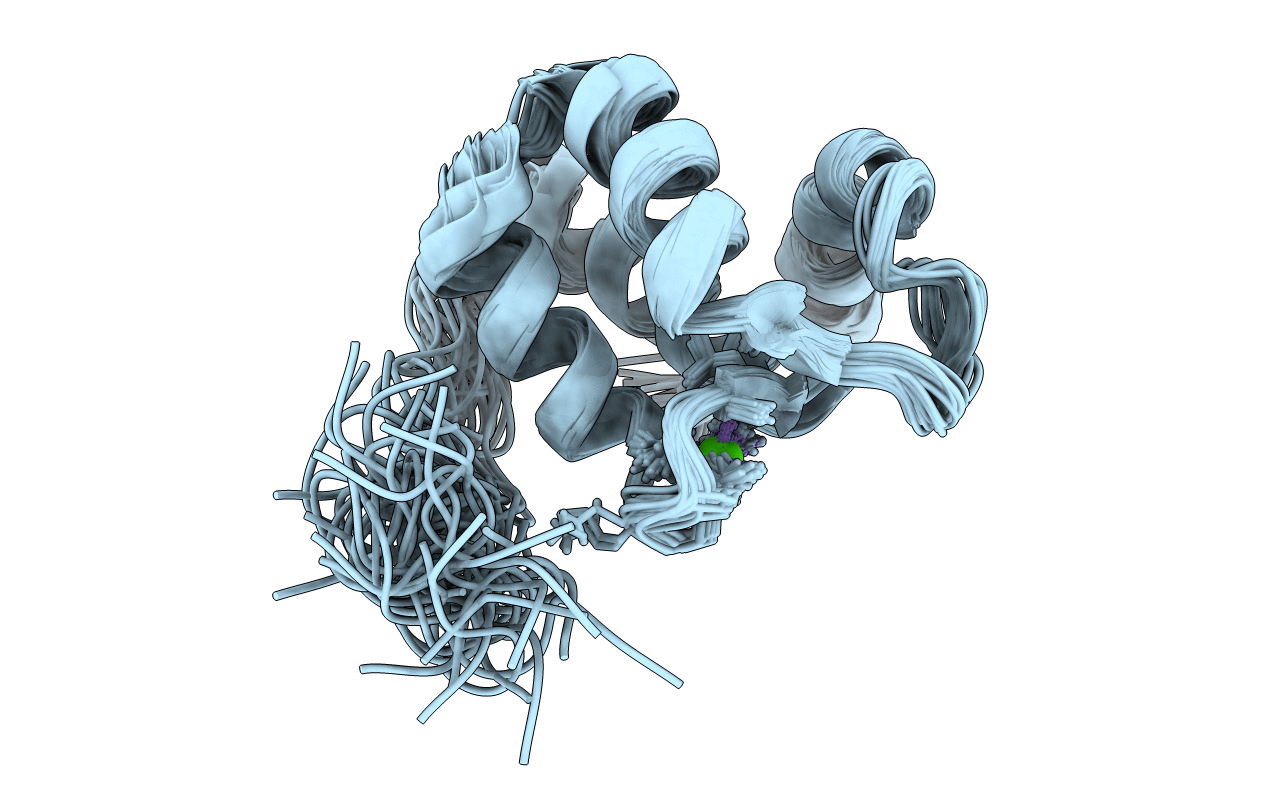
Deposition Date
2000-08-03
Release Date
2001-07-18
Last Version Date
2024-05-22
Method Details:
Experimental Method:
Conformers Calculated:
40
Conformers Submitted:
30
Selection Criteria:
structures with the lowest energy


